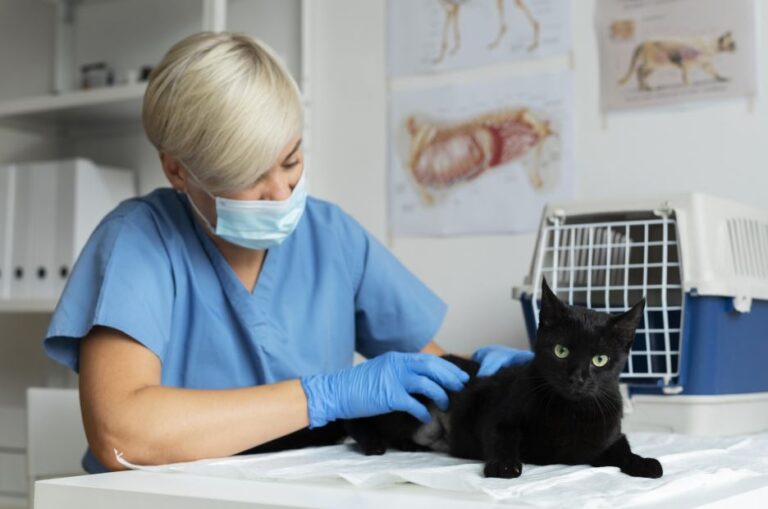When you visit a veterinarian in Riverside, Austin, you want to know what lies ahead for your furry friend. The appointment might feel a bit daunting, but understanding the steps helps ease any worries. First, you’ll discuss your pet’s health. This includes their daily habits, diet, and any changes you’ve noticed. Next, the vet performs a physical exam. They check your pet’s weight, coat, eyes, and ears. They listen to their heart and lungs. Afterward, they might suggest simple tests like blood work or stool analysis. These tests help catch potential issues early. The vet then shares their findings and offers guidance. You can ask questions and express concerns. Finally, the vet provides advice on nutrition, exercise, and vaccinations. They want your pet to remain content and healthy. By knowing what to expect, you ensure your pet receives the best care possible, fostering a healthy, trusting relationship.
Initial Discussion
The first step in a veterinary visit involves sharing your pet’s background with the vet. You’ll cover their diet, daily routine, and any recent behavioral changes. This information acts as a foundation for the rest of the appointment. Sharing even little adjustments can have a significant impact. For instance, noting a shift in appetite or energy levels can alert the vet to underlying health issues.
Physical Exam
The veterinarian conducts a thorough examination as part of the physical examination. They inspect your pet’s coat for any signs of skin issues. They examine the eyes and ears for abnormalities. Listening to your pet’s heart and lungs helps identify any irregularities. This exam offers insights into their overall health and can reveal early signs of illness.
| Physical Exam Components | What the Vet Checks |
| Coat | Signs of skin issues or parasites |
| Eyes | Cloudiness, redness, or discharge |
| Ears | Infections or mites |
| Heart and Lungs | Detects irregularities through sounds |
Diagnostic Tests
The veterinarian may suggest diagnostic testing based on the results of the physical examination. Blood work and stool analysis are common. These tests provide a clearer picture of your pet’s internal health. For example, blood work can detect issues like anemia or kidney problems. Stool analysis can identify parasites or gastrointestinal issues.
Discussing Findings
After the exam and tests, the vet discusses their findings with you. This conversation is an opportunity to ask questions and voice any concerns. Gaining a deeper understanding of your pet’s health helps you make informed decisions. The vet provides a health plan tailored to your pet’s needs, which may include treatments or lifestyle changes.
Health Guidance
The final step involves receiving advice on maintaining your pet’s health. Topics often include nutrition, exercise, and vaccinations. Proper nutrition supports growth and energy. Frequent exercise keeps your pet healthy and engaged. Vaccinations protect against diseases, ensuring a longer, healthier life.
Why Regular Visits Matter
Staying consistent with vet appointments is crucial. Regular care prolongs your pet’s life and prevents health issues. Regular check-ups catch issues before they become serious. Additionally, maintaining a relationship with your vet creates a support system for emergencies.
Conclusion
Be prepared for the greatest treatment for your pet to be guaranteed by a visit to the veterinarian. By understanding each step, from initial discussions to final advice, you’re better prepared. This preparation fosters trust between you, your pet, and the vet, leading to a healthier, happier life for your furry companion.

